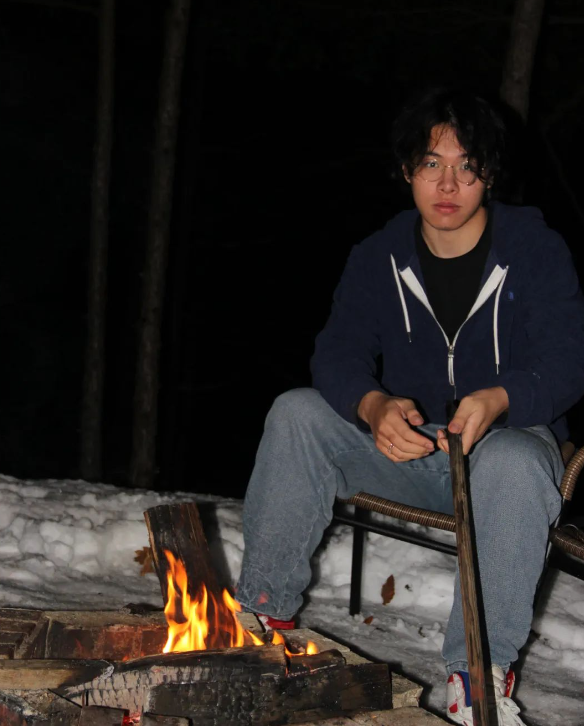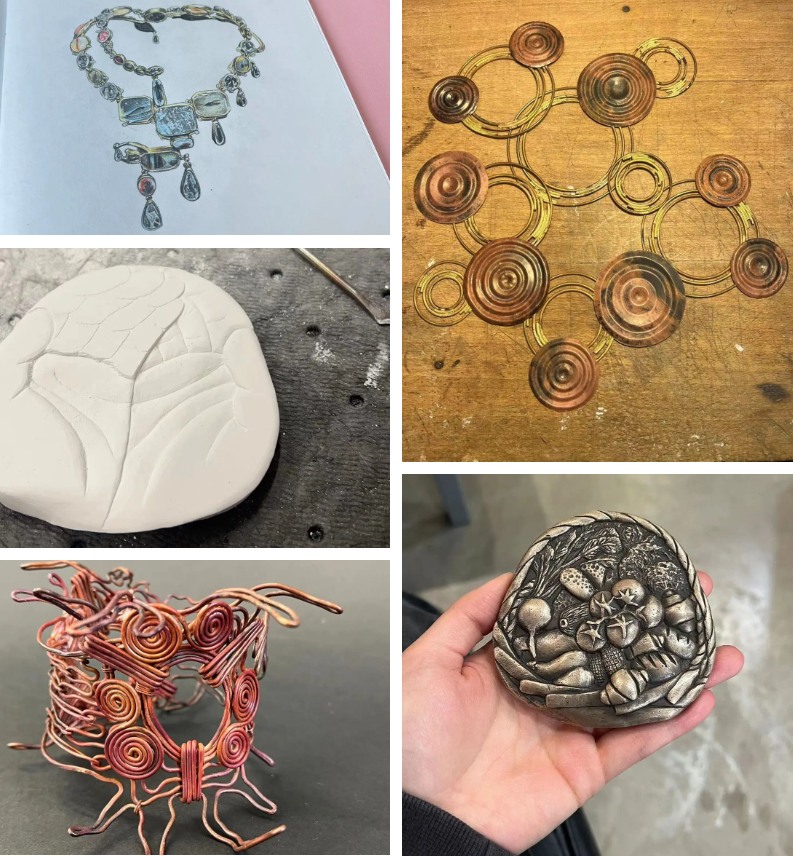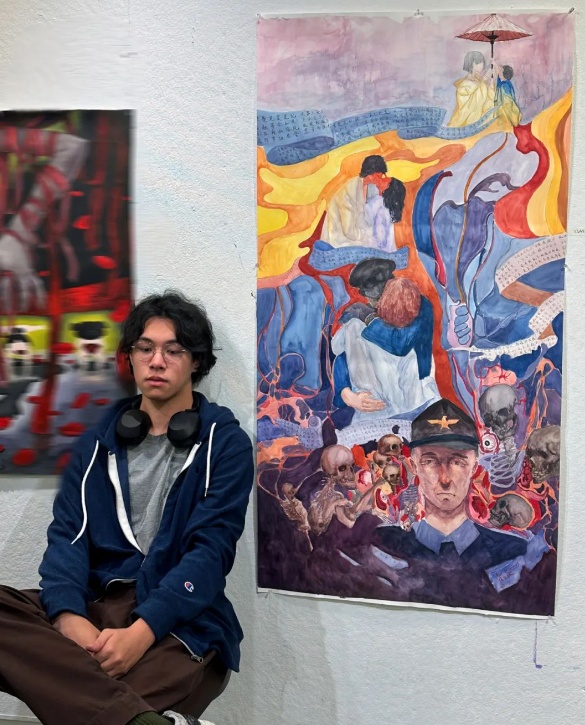Alumni in the Spotlight: Artistic Dreams in the UK and US
In this issue of ‘Alumni in the Spotlight’, we are honoured to interview two young artists, Alex Chen and Monica Sun, who each talk about the challenges and pressures of pursuing art in the UK and the US, how they have turned pressure into motivation, and the colourful and creative moments in their university life.

Q1:Please briefly describe your college life
Alex:“It has been exhausting but enjoyable because I get to study my favourite subjects and all the courses I have taken are interesting and inspiring.”
Monica:“Busy!!! It has been a very busy and intensive year as I had a lot of homework, and sometimes, I had to work on three projects at the same time. I didn't even have time to realize that time had passed on so quickly.”

Q2:Can you comment on the workload at your school?
Alex:“At RISD, the workload is intense. I am taking five courses in year one, two in literature and art history, and three in studio. Every week, I spend three days working in the studio from 8 am to 6 pm and then take four classes to study literature and art history. In the first semester, sometimes I had to do four hours of homework in the evenings. The exams were even more intense because I had project assignments for all three studio classes and had to memorize facts about over 50 artists. These are just the basics of my life as an art student. Some friends also take other courses besides art. For example, one got time to complete a certified business course at Stanford University. Studying and living with these great people also motivates me to work harder.”

Monica:“It is challenging to study at UAL because of its intensive workload and diverse assignments. For example, I have many readings andpapers, and I also have to do design projects. For the projects, sometimes I had to work on four projects in one month. Given the limited time and use of the studio, working in the evenings and weekends is quite common. My weekly life is like this: I study or work in the studio from about 10 am to 5 pm from Monday to Friday, and occasionally, I need to keep working in the evenings and weekends. In addition to independent projects, I also have group projects. For example, this semester, my classmates and I must complete a group project within three weeks. Later this semester, we will have the opportunity to work with industries.”
Q3:What challenges have you met, and how did you overcome them?
Alex:“The biggest challenge has been the literature and art history classes, which require a lot of class discussions and essay writing. As an ESL student, I found it difficult to follow the topics of politics, literature, and philosophy. I am still working on overcoming this challenge through reading. And in class, I tried my best to participate in the discussions.”
Monica:“The biggest challenge in my first year was adaptation. First of all, classes are taught in a very different way. All my courses in semester one were project-based, and every day, I was either working on a project or thinking about what to do and how to do it. Sometimes, when I returned to my dormitory after school or even before I went to bed, I was still thinking about what I hadn't finished during the day. I could work on a project in high school for three months, so I had plenty of time. I don't have this much time at university. Usually, the professor gives one month for each project. In the first two weeks, I will brainstorm and discuss ideas with my professor and complete my design and other preparation work. Then, I will have another two weeks to complete the production. Secondly, unlike teachers at DHSZ, professors at the university are very busy. Not all students can get one-on-one advice whenever they have questions. Therefore, when I finish my artwork and want to know how to improve it, I will need to find different sources for improvement, such as discussing it with classmates, finding reading materials from the library and the internet, and grabbing every chance to talk to my professors.”

Q4:As an art student, what skills are essential for success at your university?
Alex:“First, you must have a passion for drawing. If you can't stand drawing for 10 hours a day, you won't like to study here at RISD because learning art and design in university requires different forms of making artwork, such as painting, drawing, and crafting. We have a lot of classes where students have to create 3D models, and at the end of the semester, we have a final assignment that requires students to combine various materials to make an art installation. It takes a lot of passion to be patient and persistent in completing these assignments, as they are all very taxing. For example, last semester, I had to make a lantern independently for my final assignment for the Spatial Design class. I was on my own throughout the production process, including brainstorming ideas, designing, finding materials, and making the lantern. I realised that completing this project required aesthetic and designing skills and soft skills like project management, persistence, and patience.
"Secondly, competence in basic drawing skills is also very important. No matter how much you like this subject, you can't learn it well if your basic skills are poor. The last is resilience and the ability to manage stress. For me, the workload at RISD is intense. At least, it was way beyond what I had imagined in high school. In the first semester, I couldn't get enough sleep very often because I needed more time to complete all the work. Luckily, I am doing much better this semester. I tried my best to work hard and finish all assignments on time. In addition, I like to spend my free time with friends. These are my ways to relieve stress.”

Monica:"When you are designing jewellery, never sacrifice your design because of the concerns of the complexity of the creation process. Handmaking a piece of jewellery is not easy for beginners like me as we only start to learn the jewellery-making techniques of soldering, inlaying, and enamelling in university. I have found that some of my friends would instead change their designs to make it easier to produce the final piece. In this way, you have lost the chance to make the best of your work."

Q5:Advice for High School Students
Alex:“Art is a broad subject. It's a process which requires you to study, think, and experiment continuously over time to figure out which area in art fits you. ”
Monica:“You must understand the requirements of the art portfolio at the universities that you are applying to, especially when you apply to more than one country, because different universities have different requirements, and you have limited time to make your portfolio. With that understanding, you will be more focused and better prepared for your university application.”






